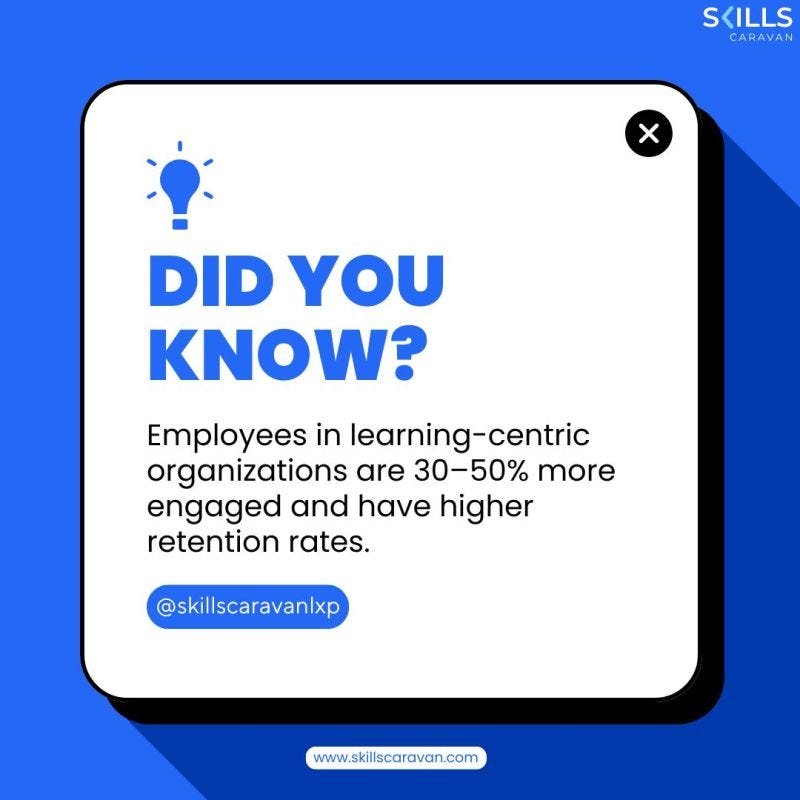How Learning Management Systems Gamification Can Transform Employee Training
In today’s rapidly evolving business landscape, organizations are seeking innovative ways to make employee training more engaging, effective, and sustainable. One such innovation that’s gaining significant traction is Learning Management Systems Gamification. By integrating game-like elements into traditional learning platforms, companies are transforming dull training modules into exciting learning experiences.
But what exactly is Learning Management Systems Gamification, and how can it revolutionize the way employees learn and grow?

What Is Learning Management Systems Gamification?
Learning Management Systems (LMS) are platforms used to administer, track, and deliver training and educational programs. When gamification is layered onto an LMS, it means incorporating game mechanics such as points, badges, leaderboards, levels, and rewards to make learning more interactive and engaging.
Gamification in LMS is not about turning learning into a game. Instead, it uses the motivational aspects of games to drive participation, foster a sense of achievement, and encourage continuous learning.
Why Traditional Training Falls Short
Traditional corporate training often relies on text-heavy presentations, long video lectures, or static e-learning courses. These methods can be:
- Monotonous and hard to concentrate on
- Non-interactive, leading to low knowledge retention
- One-size-fits-all, ignoring different learning styles
- Ineffective in keeping learners engaged for long durations
As a result, many organizations experience poor training outcomes, low completion rates, and disengaged employees.
How Learning Management Systems Gamification Changes the Game
Here are some powerful ways Learning Management Systems Gamification can transform employee training:
1. Boosts Learner Engagement
Gamified elements like leaderboards, levels, and badges tap into the intrinsic motivation of learners. Employees feel more invested in their training when they are rewarded for participation and progress. Leaderboards foster healthy competition, while badges and achievements provide a sense of accomplishment.
2. Improves Knowledge Retention
Studies show that interactive and game-based learning can significantly enhance memory retention. Gamification makes use of active learning, where learners are encouraged to apply knowledge in real-time through quizzes, challenges, and simulations.
3. Encourages Consistent Participation
With gamified LMS platforms, learners are more likely to return to the platform regularly. Features like daily log-in rewards, streaks, and progress bars make training feel less like a chore and more like a personal challenge to be completed.
4. Personalizes the Learning Journey
Gamification in LMS allows training to be adaptive. Based on learner behavior, the system can unlock new levels, offer relevant challenges, and provide instant feedback. This creates a customized path for every learner, increasing their confidence and mastery over topics.
5. Enables Real-Time Feedback and Progress Tracking
Gamified learning platforms give immediate feedback on quizzes, activities, and simulations. This not only helps learners correct mistakes on the spot but also enables managers and trainers to track progress and identify skill gaps more effectively.
6. Drives Better ROI on Training Investments
Organizations that adopt Learning Management Systems Gamification often see a higher return on their training programs. Why? Because more engaged employees are more likely to complete training, apply learned skills, and contribute to business outcomes.
Key Gamification Features in Modern LMS Platforms
If you’re looking to implement gamification in your organization’s LMS, here are some essential features to consider:
- Points and Badges: Awarded for course completion, quiz success, or module participation.
- Leaderboards: To showcase top learners and foster friendly competition.
- Progress Bars: Visual indicators of how much training has been completed.
- Unlockable Content: Encourage course progression by unlocking new content based on performance.
- Challenges and Quests: Scenario-based challenges that simulate real-world problems.
- Certificates and Rewards: Tangible proof of achievement that can be added to employee profiles or resumes.
Real-World Applications of LMS Gamification
Several global companies have successfully transformed their employee learning culture through LMS gamification:
- Deloitte: Increased engagement by 37% using a gamified leadership training platform.
- Cisco: Reduced course drop-off rates with gamified security training.
- SAP: Enhanced social learning by integrating badges and missions into its internal LMS.
These success stories underline how effective gamification can be in corporate training when implemented strategically.
Best Practices for Implementing LMS Gamification
To reap the full benefits of gamification in learning, follow these best practices:
- Align gamification goals with business objectives: Ensure that game elements support the outcomes you want — like faster onboarding, increased compliance, or upskilling.
- Know your audience: Different teams or generations may respond differently to various gamification techniques.
- Start simple, then scale: Begin with badges and quizzes, then expand to missions and advanced features.
- Avoid over-gamification: Too many game elements can feel forced or distracting. Balance is key.
- Measure impact regularly: Use LMS analytics to track completion rates, learner feedback, and performance improvements.
Final Thoughts
The workplace is evolving, and so should the way we train our employees. By adopting Learning Management Systems Gamification, organizations can deliver training that’s not only effective but also enjoyable and inspiring. Gamification drives engagement, improves retention, and empowers employees to take control of their learning journey.
In the future, gamified learning won’t just be a nice-to-have — it will be an expectation. Start your transformation today and watch as your workforce becomes more motivated, skilled, and aligned with business goals.


Comments
Post a Comment